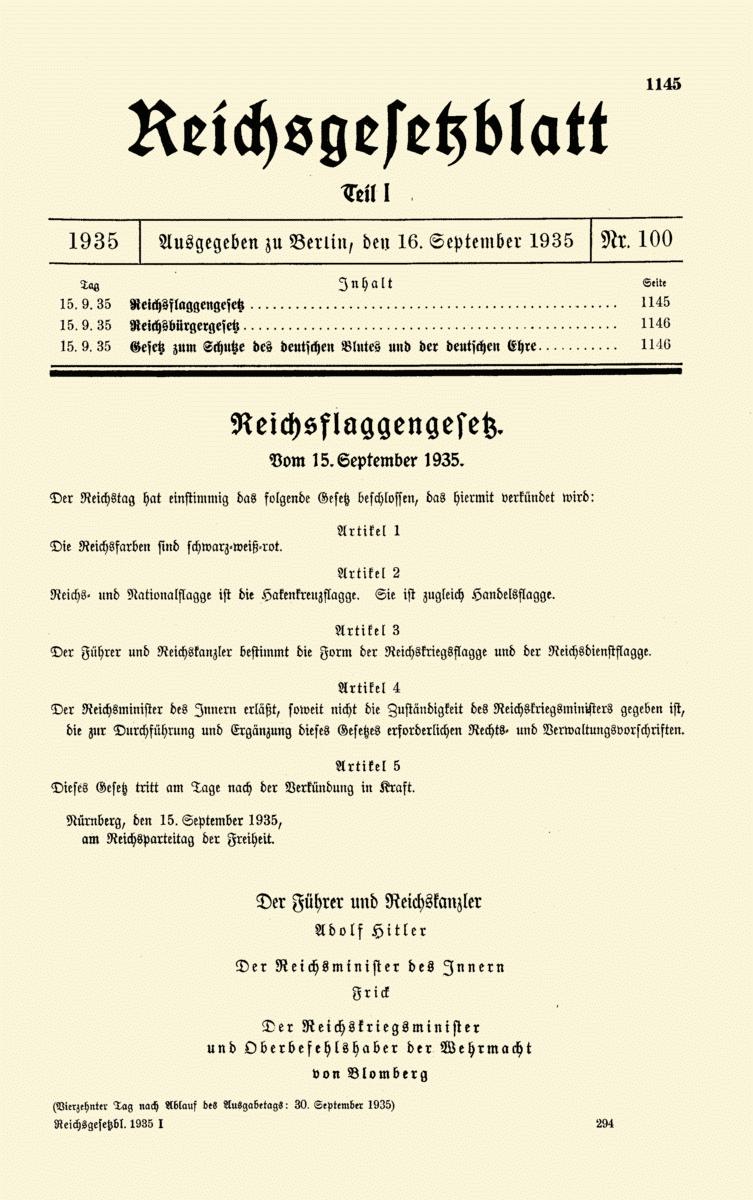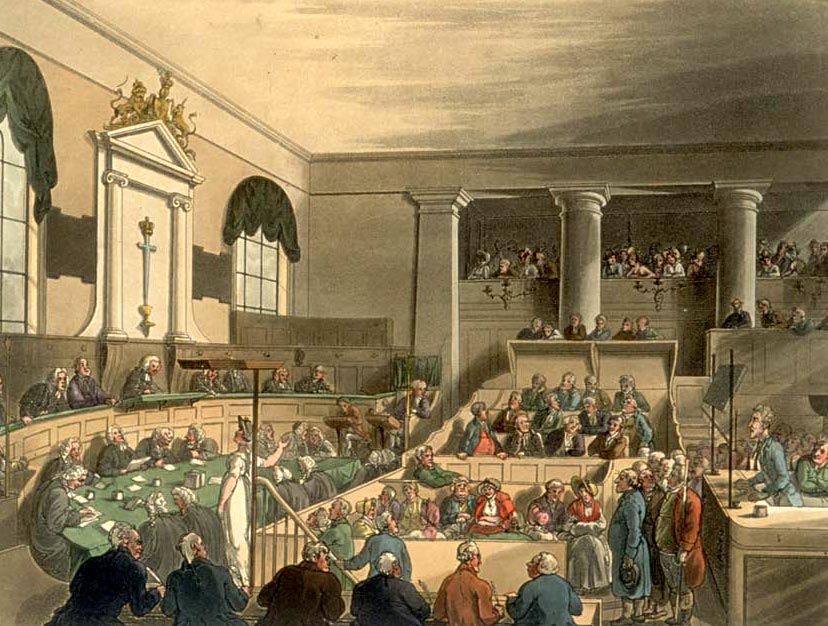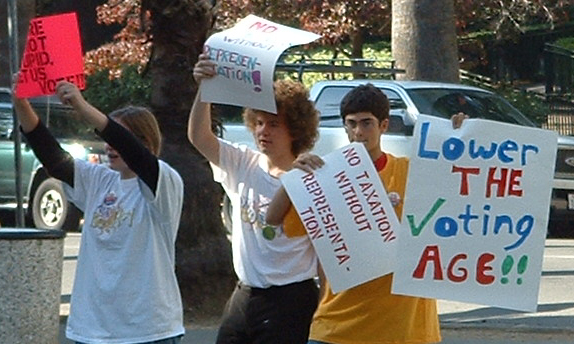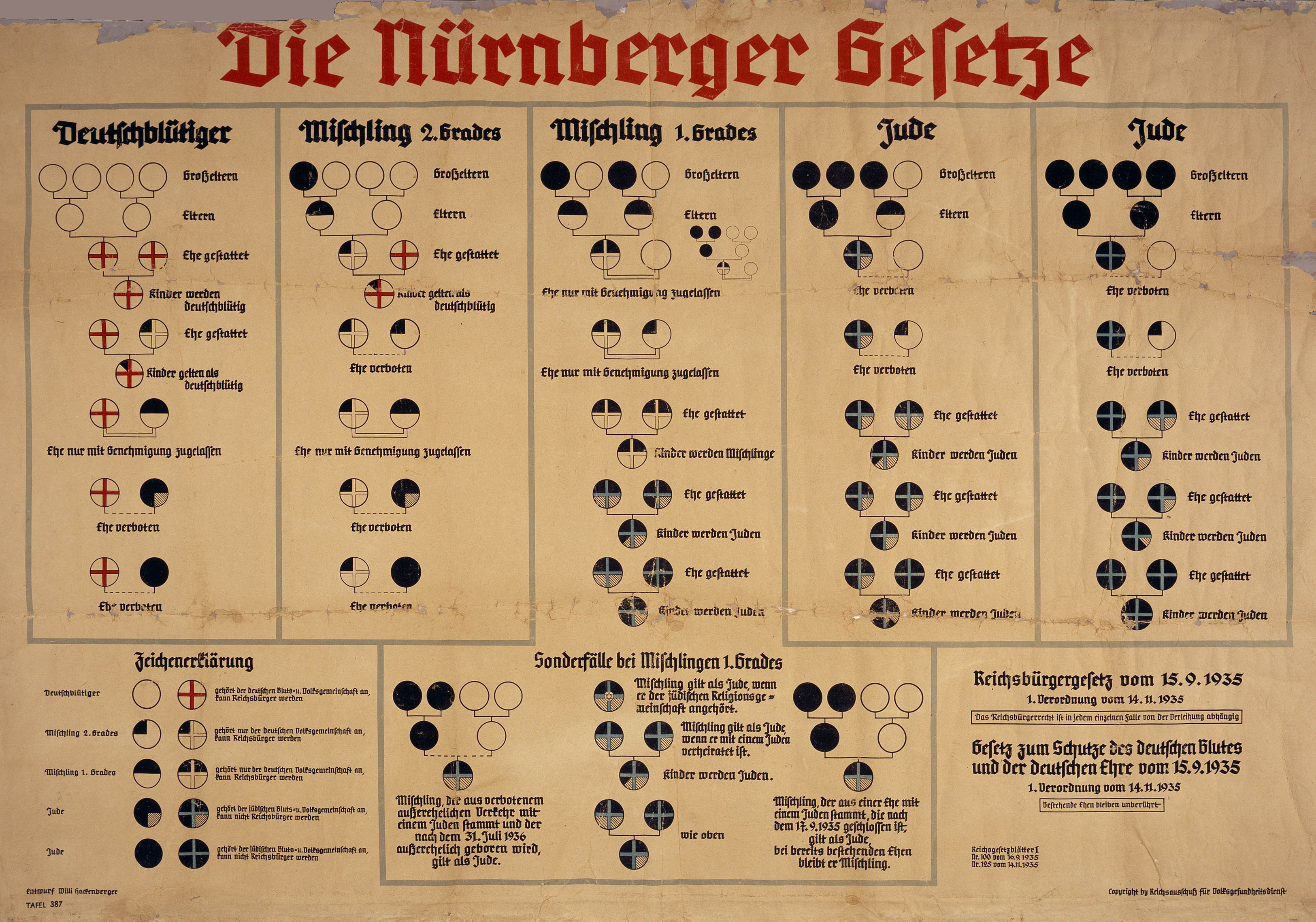|
Status Offense
A status offense is an action that is prohibited only to a certain class of people, and most often applied only to crimes committed by minors. In the United States, the term status offense also refers to an offense such as a traffic violation where motive is not a consideration in determining guilt. In the United Kingdom and Europe, this type of status offense may be termed a regulatory offence or strict liability offence. Usage Definitions of status offense vary. A neutral definition may be " type of crime that is not based upon prohibited action or inaction but rests on the fact that the offender has a certain personal condition or is of a specified character." The United States Federal Sentencing Guidelines, for instance, states that a juvenile status offense is a crime which cannot be committed by an adult. For example, possession of a firearm ''by a minor'', by definition, cannot be done by an adult. In some states, the term "status offense" does not apply to adults at all ... [...More Info...] [...Related Items...] OR: [Wikipedia] [Google] [Baidu] |
Crime
In ordinary language, a crime is an unlawful act punishable by a State (polity), state or other authority. The term ''crime'' does not, in modern criminal law, have any simple and universally accepted definition,Farmer, Lindsay: "Crime, definitions of", in Cane and Conoghan (editors), ''The New Oxford Companion to Law'', Oxford University Press, 2008 (), p. 263Google Books). though statutory definitions have been provided for certain purposes. The most popular view is that crime is a Category of being, category created by law; in other words, something is a crime if declared as such by the relevant and applicable law. One proposed definition is that a crime or offence (or criminal offence) is an act harmful not only to some individual but also to a community, society, or the state ("a public wrong"). Such acts are forbidden and punishable by law. The notion that acts such as murder, rape, and theft are to be prohibited exists worldwide. What precisely is a criminal offence is def ... [...More Info...] [...Related Items...] OR: [Wikipedia] [Google] [Baidu] |
Nuremberg Laws
The Nuremberg Laws (, ) were antisemitic and racist laws that were enacted in Nazi Germany on 15 September 1935, at a special meeting of the Reichstag convened during the annual Nuremberg Rally of the Nazi Party. The two laws were the Law for the Protection of German Blood and German Honour, which forbade marriages and extramarital intercourse between Jews and Germans and the employment of German females under 45 in Jewish households; and the Reich Citizenship Law, which declared that only those of German or related blood were eligible to be Reich citizens. The remainder were classed as state subjects without any citizenship rights. A supplementary decree outlining the definition of who was Jewish was passed on 14 November, and the Reich Citizenship Law officially came into force on that date. The laws were expanded on 26 November 1935 to include Romani and Black people. This supplementary decree defined Romani people as "enemies of the race-based state", the same category ... [...More Info...] [...Related Items...] OR: [Wikipedia] [Google] [Baidu] |
Criminal Law
Criminal law is the body of law that relates to crime. It proscribes conduct perceived as threatening, harmful, or otherwise endangering to the property, health, safety, and Well-being, welfare of people inclusive of one's self. Most criminal law is established by statute, which is to say that the laws are enacted by a legislature. Criminal law includes the punishment and Rehabilitation (penology), rehabilitation of people who violate such laws. Criminal law varies according to jurisdiction, and differs from Civil law (common law), civil law, where emphasis is more on dispute resolution and victim compensation, rather than on punishment or Rehabilitation (penology), rehabilitation. Criminal procedure is a formalized official activity that authenticates the fact of commission of a crime and authorizes punitive or rehabilitative treatment of the Criminal, offender. History The first Civilization, civilizations generally did not distinguish between Civil law (area), civil law and ... [...More Info...] [...Related Items...] OR: [Wikipedia] [Google] [Baidu] |
Juvenile Delinquency
Juvenile delinquency, also known as juvenile offending, is the act of participating in unlawful behavior younger than the statutory age of majority. These acts would be considered crimes if the individuals committing them were older. The term delinquent usually refers to juvenile delinquency, and is also generalised to refer to a young person who behaves an unacceptable way.Most importantly they lack social support. In the United States, a juvenile delinquent is a person who commits a crime and is under a specific age. Most states specify a juvenile delinquent, or young offender, as an individual under 18 years of age, while a few states have set the maximum age slightly different. The term "juvenile delinquent" originated from the late 18th and early 19th centuries when the treatment of juvenile and adult criminals was similar, and punishment was over the seriousness of an offense. Before the 18th century, juveniles over age 7 were tried in the same criminal court as adults a ... [...More Info...] [...Related Items...] OR: [Wikipedia] [Google] [Baidu] |
Minimum Ages
In mathematical analysis, the maximum and minimum of a function are, respectively, the greatest and least value taken by the function. Known generically as extremum, they may be defined either within a given range (the ''local'' or ''relative'' extrema) or on the entire domain (the ''global'' or ''absolute'' extrema) of a function. Pierre de Fermat was one of the first mathematicians to propose a general technique, adequality, for finding the maxima and minima of functions. As defined in set theory, the maximum and minimum of a set are the greatest and least elements in the set, respectively. Unbounded infinite sets, such as the set of real numbers, have no minimum or maximum. In statistics, the corresponding concept is the sample maximum and minimum. Definition A real-valued function ''f'' defined on a domain ''X'' has a global (or absolute) maximum point at ''x''∗, if for all ''x'' in ''X''. Similarly, the function has a global (or absolute) minimum point at ''x''∗ ... [...More Info...] [...Related Items...] OR: [Wikipedia] [Google] [Baidu] |
Youth Rights
The youth rights movement (also known as youth liberation) seeks to grant the rights to Youth, young people that are traditionally reserved for adults. This is closely akin to the notion of evolving capacities within the children's rights movement, but the youth rights movement differs from the children's rights movement in that the latter places emphasis on the welfare and protection of children through the actions and decisions of adults, while the youth rights movement seeks to grant youth the liberty to make their own decisions autonomously in the ways adults are permitted to, or to abolish the legal minimum ages at which such rights are acquired, such as the age of majority and the voting age. Codified youth rights constitute one aspect of how youth are treated in society. Other aspects include social questions of how adults see and treat youth, and how open a society is to youth participation. Issues Of primary importance to advocates of youth rights are historical perc ... [...More Info...] [...Related Items...] OR: [Wikipedia] [Google] [Baidu] |
Victimless Crime
A victimless crime is an illegal act that typically either directly involves only the perpetrator or occurs between consenting adults. Because it is consensual in nature, whether there involves a victim is a matter of debate. Definitions of victimless crimes vary in different parts of the world and different law systems, but usually include possession of any illegal contraband, recreational drug use, prostitution and prohibited sexual behavior between consenting adults, assisted suicide, and smuggling among other similar infractions. In politics, a lobbyist or an activist might use the term ''victimless crime'' with the implication that the law in question should be abolished. Victimless crimes are, in the harm principle of John Stuart Mill, "victimless" from a position that considers the individual as the sole sovereign, to the exclusion of more abstract bodies such as a community or a state against which criminal offenses may be directed. They may be considered offenses a ... [...More Info...] [...Related Items...] OR: [Wikipedia] [Google] [Baidu] |
Regulatory Offences
In criminal law, a regulatory offence or quasi-criminal offence is a class of crime in which the standard for proving culpability has been lowered so a (Law Latin for "guilty mind") element is not required. Such offences are used to deter potential offenders from dangerous behaviour rather than to impose punishment for moral wrongdoing. Absolute liability offences An absolute liability offence is a type of criminal offence that does not require any fault elements (''mens rea'') to be proved in order to establish guilt. The prosecution only needs to show that the accused performed the prohibited act (''actus reus''). As such, absolute liability offences do not allow for a defence of mistake of fact. Due to the ease in which the offence can be proven, only select offences are of this type. In most legal systems, absolute liability offences must be clearly labelled as such in the criminal code or criminal legislation. Public welfare offences A public welfare offence is a crime ... [...More Info...] [...Related Items...] OR: [Wikipedia] [Google] [Baidu] |
Quasi-criminal
Quasi-criminal means a lawsuit or equity proceeding that has some, but not all, of the qualities of a criminal prosecution. It may appear in either a common law or a civil law jurisdiction. It refers to "a court's right to punish for actions or omissions as if they were criminal". The origins of the phrase comes from the Latin language word, ''quasi'', meaning somewhat, sort-of, alike or akin, to criminal law, as in quasi-contract. ''Quasi'' is used "to indicate that one subject resembles another, with which it is compared, in certain characteristics, but there are intrinsic and material differences between them". During a civil or equity trial, a court may act as if it were a criminal case to punish a person for contempt of court. In some cases, a court may impose asset forfeiture or another penalty. For example, a court has the right to punish actions or omissions of a party in a child support case as if they were a criminal, penalizing the parent with a sentence of jail ... [...More Info...] [...Related Items...] OR: [Wikipedia] [Google] [Baidu] |
Anti-miscegenation Laws
Anti-miscegenation laws are laws that enforce racial segregation at the level of marriage and intimate relationships by criminalizing interracial marriage sometimes, also criminalizing sex between members of different races. In the United States, interracial marriage, cohabitation and sex have been termed " miscegenation" since the term was coined in 1863. Contemporary usage of the term is infrequent, except in reference to historical laws which banned the practice. Anti-miscegenation laws were first introduced in North America by the governments of several of the Thirteen Colonies from the late seventeenth century onward, and subsequently, they were introduced by the governments of many U.S. states and U.S. territories and they remained in force in many US states until 1967. After the Second World War, an increasing number of states repealed their anti-miscegenation laws. In 1967, in the landmark case '' Loving v. Virginia'', the remaining anti-miscegenation laws were ruled u ... [...More Info...] [...Related Items...] OR: [Wikipedia] [Google] [Baidu] |
Prohibition Of Mixed Marriages Act, 1949
The Prohibition of Mixed Marriages Act, Act No. 55 of 1949, was an apartheid-era law in South Africa that prohibited marriages between "whites" and "non-whites". It was among the first pieces of apartheid legislation to be passed following the National Party's rise to power in 1948. Subsequent legislation, especially the Population Registration and Immorality Acts of 1950, facilitated its implementation by requiring all individuals living in South Africa to register as a member of one of four officially defined racial groups and prohibiting extramarital sexual relationships between those classified as "white" on the one hand and those classified as "non-White" (Blacks, Coloureds, later also Asians) on the other. It did not criminalise sexual relationships between those classified as "non-Europeans". History Background Mixed races relationships occurred in South Africa as far back as 1669, and often took place between Dutch colonisers and indigenous South African women. While mix ... [...More Info...] [...Related Items...] OR: [Wikipedia] [Google] [Baidu] |



